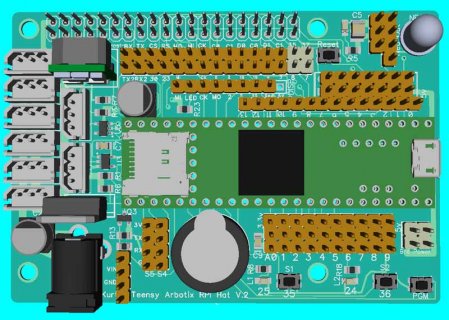PaulStoffregen
Well-known member
I've updated the schematic page. Sorry this took so long. Hopefully there's no big surprises?
http://www.pjrc.com/teensy/schematic.html
http://www.pjrc.com/teensy/schematic.html
The pins are all on a 0.1 inch grid. Overall PCB size is 2.4 x 0.7 inch. Look for the other threads where people have already made boards.
It'll be at least a couple weeks until I get mechanical drawing made. You'll find better info much faster in those threads here on the forum.

In the meantime, you can also use my Eagle Library for the relevant parts, if you like.
Not sure if anyone would find it useful, I also have some part layouts for Diptrace. Although I also use some of the other Eagle ones where I then convert to diptrace...
RTC-XTAL is includedIs the 32.768KHz crystal for RTC included on T3.5 and 3.6, or needs to be added by me ?
But not when you cut the line between VIN and VUSBThe man will have to reply, but when my beady eyes first glanced at the schematic, assumed that the other 2.2uF cap was providing stab.
...a minimum 1 uF bypass capacitor required at the input to the LP38691. The schematic shows a 0.1 uF capacitor employed. What's up with that?
There's actually a 0.1 uF and a 2.2 uF in parallel. Look a little lower on the schematic, near the TPD3S014 to find the other capacitor.
Even though they're shown relatively far apart on the schematic, each near only 1 chip, on the PCB layout these 4 parts are located close to each other. Both of these chips want capacitance at their inputs for stability. The 2 capacitors are effectively in parallel and provide a 2.3 uF input capacitance seen by both chips.
